Operation Pawan is the code name given by the Indian army or especially the Indian Peacekeeping Force (IPKF). The main directive of this operation is to liberate ‘Jaffna’ from LTTE which was a separatist group of Srilanka operating under the leadership of Velupillai Prabhakaran.
But what is LTTE? Who is Velupillai Prabhakaran? What is the need for operation Pawan? And why is the Indian army operating and fighting on foreign soil? Let us understand all of it in detail.
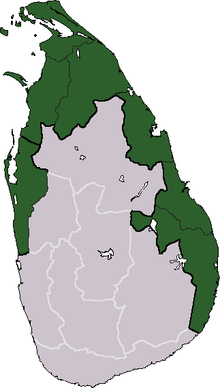
The backdrop of Operation Pawan| Srilanka’s Ethnic History
Sri Lanka was once a colony of the British and the Britishers was known for their policy of Divide and Rule. Sri Lanka was divided between two communities one was the Tamils who were in the minority at that time and 2nd was the Sinhalese. Tamils who were in minority strangely holds the top position in the government as well as the universities.
The key positions in the country were mainly held by the Tamils. Sinhalese who were the major part of the population were generally illiterates and engaged in petty jobs. Although Sri Lanka gained its independence in 1948, tensions between the two populations had already begun to rise as a result of some contentious decisions made by the departing British government.
After 1948, the British left Sri Lanka, but while doing so they made an agreement with the Sinhalese community to form the government in Sri Lanka. Tamils who were in minority felt cheated as they were the ones who were holding key positions in the country. The Tamil community became outraged and began to protest.
While the Sinhalese communities in Sri Lanka control the government, they began acting disrespectfully toward the minority Tamils. Many actions were taken against the Tamil communities.
- The Sinhalese language was projected as a mandatory language in the country.
- Many Tamil works of literature and cultural meetings were banned across the country.
- Restricted entry of Tamils in college; and
- Violence against the Tamils was increasing very rapidly
In the 1970s many political parties rose against the government. One of them was the TULF (Tamil United Liberation Front) they asked for autonomy if not independence from Sri Lanka, but the Sri Lankan government rejected their demands. Contrary to it, the policy of standardization was launched by the Sinhalese government which means ‘Why Tamils held influential roles in universities needs to be investigated’. This gave rise to the Tamil uprising which was led by Vellupillai Prabhakaran.
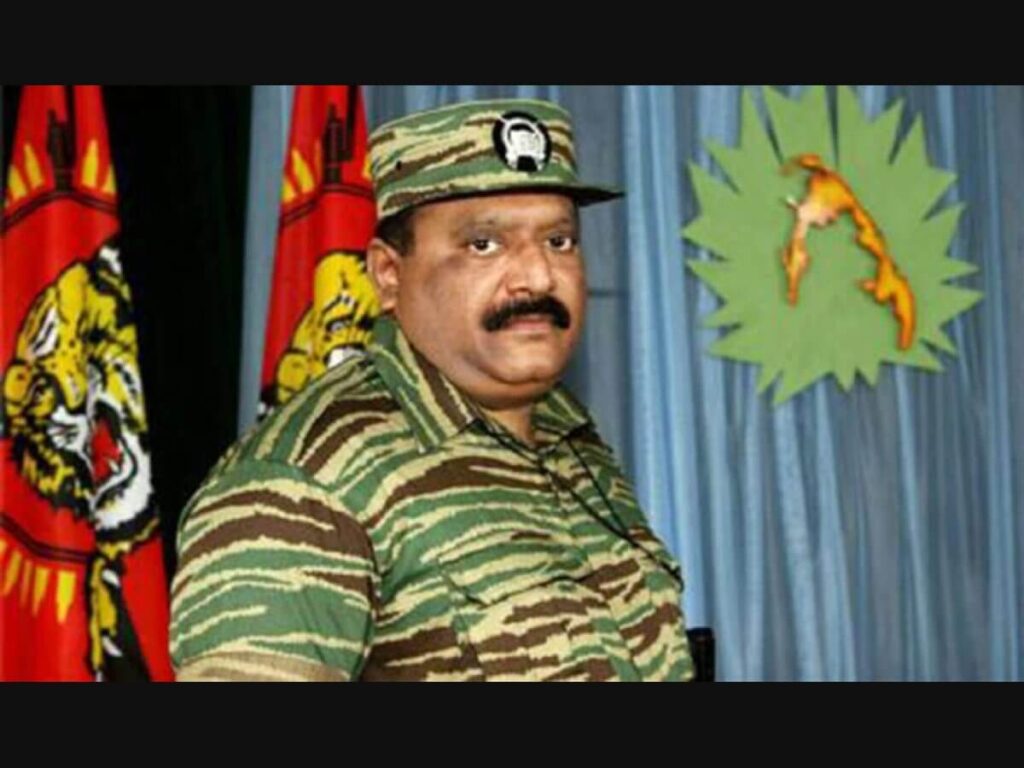
Formation of LTTE
When the violence against the Tamils did not stop many insurgent groups started forming, one of them was ‘Tamil New Tigers’ which was later renamed LTTE (Liberation Tigers of Tamil Eelam). LTTE was founded on the 5th of May 1976 as the successor to the Tamil New Tigers. Uma Maheswaran became its leader and Velupillai Prabhakaran its military commander.
It has been stated that Prabhakaran sought to refashion the old Tamil new tigers into an elite ruthlessly efficient and highly professional fighting force. Prabhakaran kept the numbers of the group small and maintained a high standard of training.
But LTTE was different from other terrorist organizations. It has many capabilities which make it far superior to other terrorist organizations across the world. LTTE was the first organization which has its own Air Force its own Navy. It’s the most organized terrorist organization ever existed in the world. LTTE at its strongest time captured the whole north of Sri Lanka and made Jaffna it’s capital.
Velupillai Prabhakaran was believed to believe in quality and not quantity. The recruits of the LTTE had to swear an oath which includes that they will not touch alcohol ever in their life and they will cut off from their own family for the rest of their lives.
LTTE was known for its separate wing called ‘Black Tigers’, these are the Suicide Squad or the suicide warriors. LTTE incorporated children soldiers and women soldiers as combatants. There were 378 suicide bombings across the country by these ‘Black Tigers’.

The LTTE carried out covert operations against officials from several regimes, including police officers and local politicians. On July 23, 1983, the LTTE launched its first significant attack, which resulted in the death of 13 Sri Lankan military and the beginning of the Black July. It was mostly regarded as the act that ignited Sri Lanka’s civil war.
India’s Stance on LTTE
India initially backed the LTTE because it believed it to be the voice of Tamils and to appease the country’s Tamil diaspora. India with the help of RAW provided training and arms to LTTE. What is regarded as a key cause for the insurgency in Sri Lanka saw a large number of aggrieved Tamil youngsters join Tamil militant groups to fight the Sri Lankan government.
India changed its perspective and began taking action against the LTTE when it developed into a merciless organization and when it began executing politicians and setting up terror camps. Later, India designated the LTTE as a terrorist organization.
India first directly entered the conflict in July 1987, AN operation was launched by Indian Air Force ‘Operation Poomalai’ (to be discussed later on edumasala), dropping food bundles into Jaffna in response to rising unrest among its own Tamils and the influx of refugees
Peace Accord between India and Srilanka
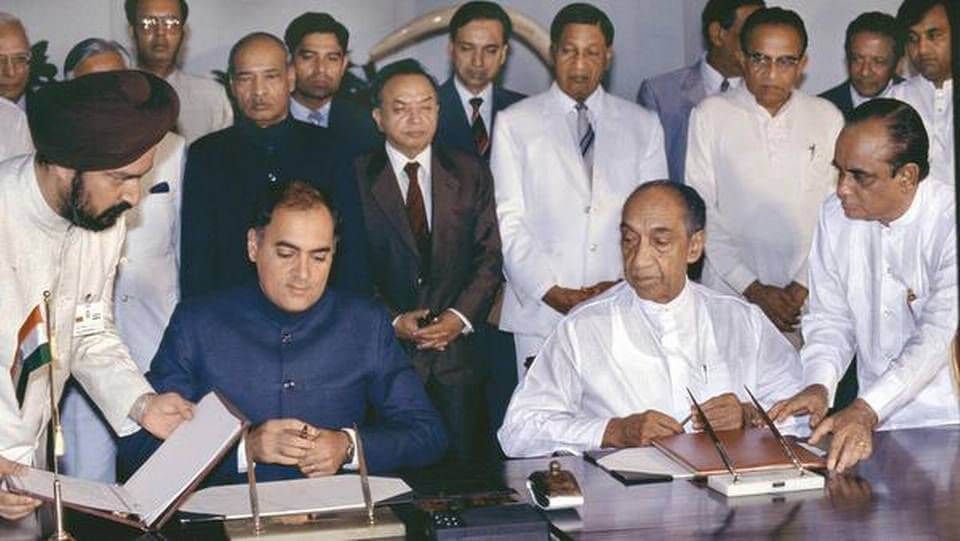
After negotiations, The Indo Sri Lanka pact was signed by both countries. The agreement called for the surrender of the Tamil militant groups and granted some degree of regional autonomy to the Tamil areas, with the Ealam People’s Revolutionary Liberation Front EPRLF heading the Regional Council. India was to send a peacekeeping force named the IPKF part of the Indian army to Sri Lanka to enforce the disarmament.
This accord was signed between Indian Prime Minister Rajiv Gandhi and Sri Lankan President J.R.Jayewardane. The main points of this accord include Sri Lanka will recognize the Tamil language as the main language of the country. North and East autonomy will be provided and IPKF will land in Sri Lanka to enforce the disarmament till normalcy returns in the country. The Sri Lankan government made the 30th amendment to enforce this accord.
Read More : ‘Operation Meghdoot’
Planning of Operation Pawan
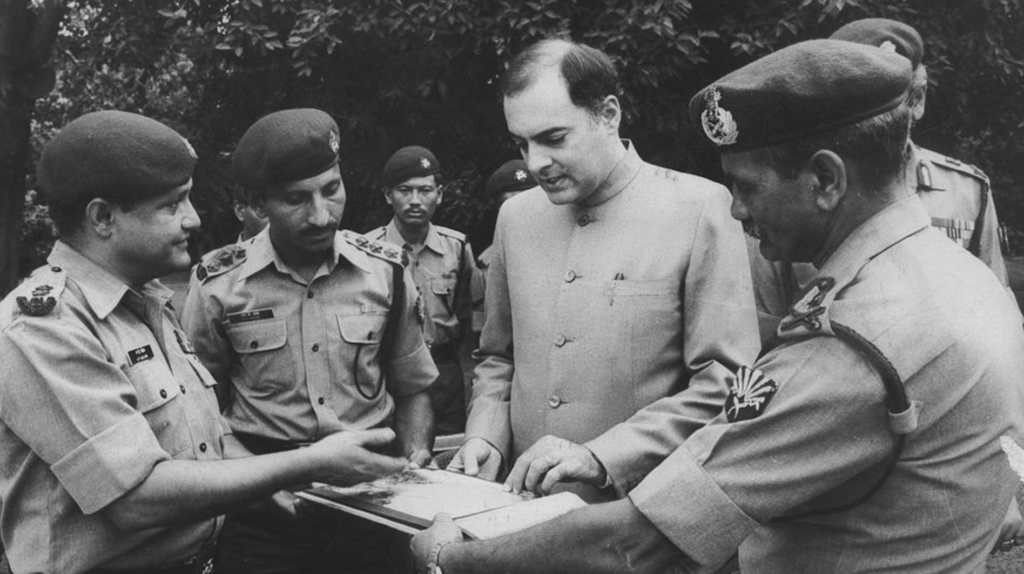
Due to pressure from diverse communities, Sri Lanka’s government began assisting the LTTE as the Indian peacekeeping force touched down there in 1987.T
As a result of the IPKF’s swift involvement in a brutal police operation against the tigers, the rebels were eventually cornered on the Jaffna peninsula near the northern tip of the island.
By seizing Jaffna by force, the IPKF set out to fulfill its task of disarming the LTTE. Operation Pawan was started on the 7th of October. LTTE declared an all-out war against the IPKF. By the 7th of October, the Chief of Army Staff had issued directives to the IPKF laying down its operational parameters.
- It was to seize or destroy LTTE radio and TV transmission equipment in the Jaffna peninsula.
- Seize or jam the LTTE communication network. Carry out raids on LTTE camps and strong points.
- Detain and interrogate personnel manning LTTE officers in the east to gain information, In case of resistance force to be used.
- Actions to further accommodate the hold of the IPKF in the region.
Execution of Operation Pawan
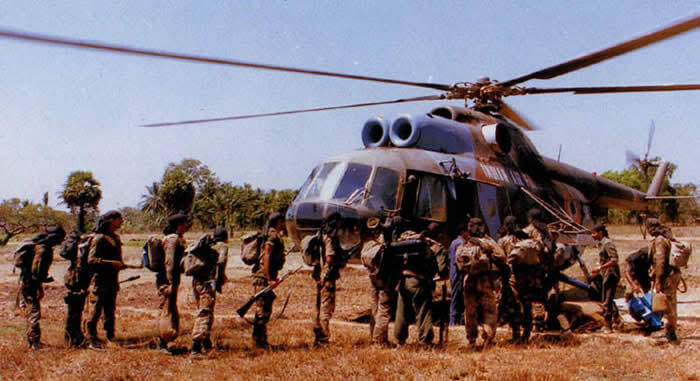
The heliborne attack by a detachment of Indian Para Special Forces and Sikh Light Infantry soldiers on the LTTE headquarters at Jaffna University on the night of October 12, 1987, marked the official start of Operation Pawan. The operation ended in disaster as the LTTE having intercepted IPKF radio transmission set up an ambush. IPKF faced a huge casualty. LTTE was better at guerrilla warfare and IPKF did not know anything about the locality.
The tigers fiercely and viciously resisted the IPKF approach as the battle of Jaffna developed. Additionally, during the tigers’ years of conflict with the Sri Lankan army, all of the approach roads had been covered with explosives or claymore mines.
In order to cut off the tigers’ supply and communication channels, the Indian Navy’s eastern command, with the help of the Coast Guard, established a 300-mile (480-kilometer) long blockade around northern Sri Lanka starting in October 1987. Around this time, the Indian Navy’s marine commandos, or MARCOS units, entered the fray for the first time.
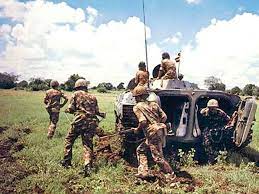
The Sri Lankan northern region’s power supply was cut off. Despite this barrier, the IPKF advance was painful in the face of sniper fire from tigers. They would take positions in coconut palms, trees, and even on rooftops. The IPKF forces were also severely harmed by the LTTE’s increased use of antitank mines. In an effort to combat this, the furious IPKF turned off the power to Jaffna.
IPKF observed child soldiers battling for the LTTE. The LTTE army enlisted roughly 5000 children as combatants. The LTTE has finally lost control of Jaffna and other significant cities to the IPKF after two weeks of ferocious combat, but operations were to last far into November, with the major operations coming to a close with the fall of Jaffna Fort on November 28. The number of IPKF casualties reported during Operation Pawan was estimated to be between 600 and 1200.
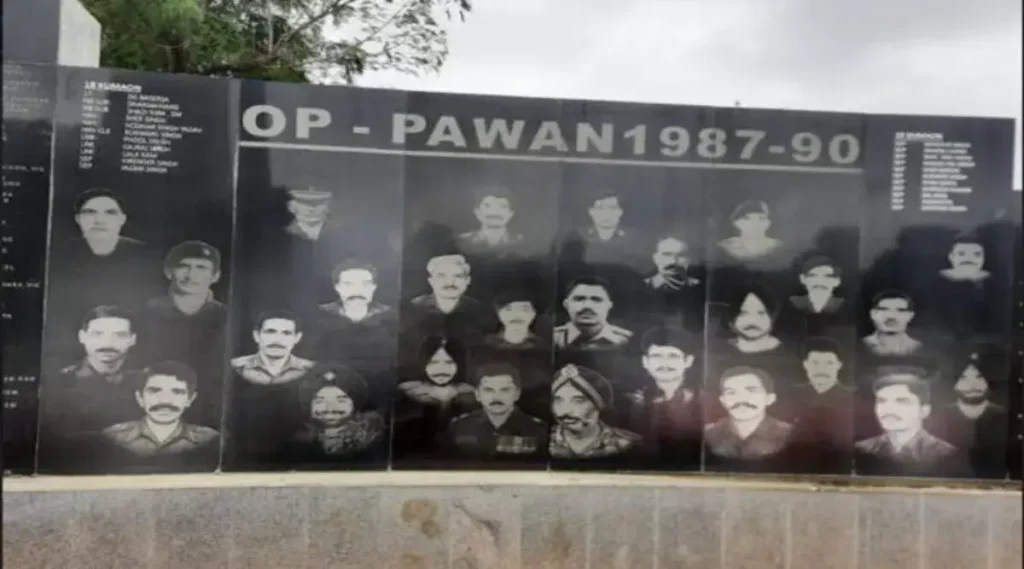
Aftermath of Operation Pawan
IPKF returned to India in 1990, but the civil war did not end after that. 19 years down the line LTTE and Velupillai Prabhakaran wreak ferocious attacks in Sri Lanka. LTTE was behind the killing of Rajiv Gandhi by a suicide bomber. Later head of state of Sri Lanka Premadasa was also killed by LTTE in the same manner. Also, LTTE attempted a failed assassination of Chandrika Kumaratunga the then President of Srilanka. In 2006 when Mahinda Rajapaksa came in the power, he ordered brutal attacks on LTTE and in 2009 the civil war finally ended after the death of Velupillai Prabhakaran by the Sri Lankan forces.
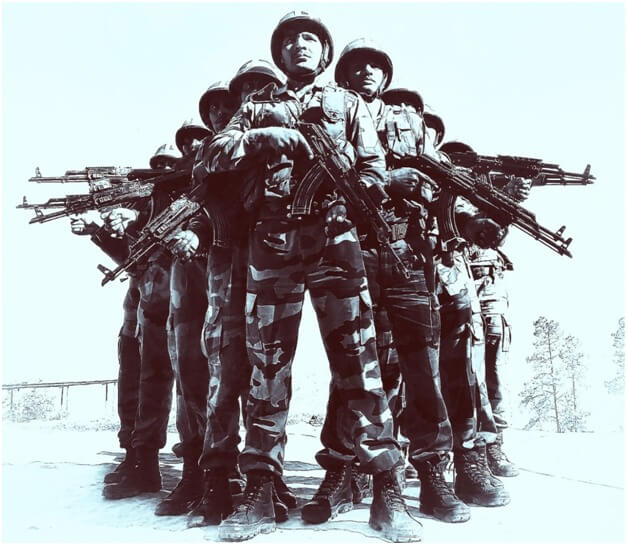
2 thoughts on “Operation Pawan : Indian Army’s Valor on Srilankan Soil”